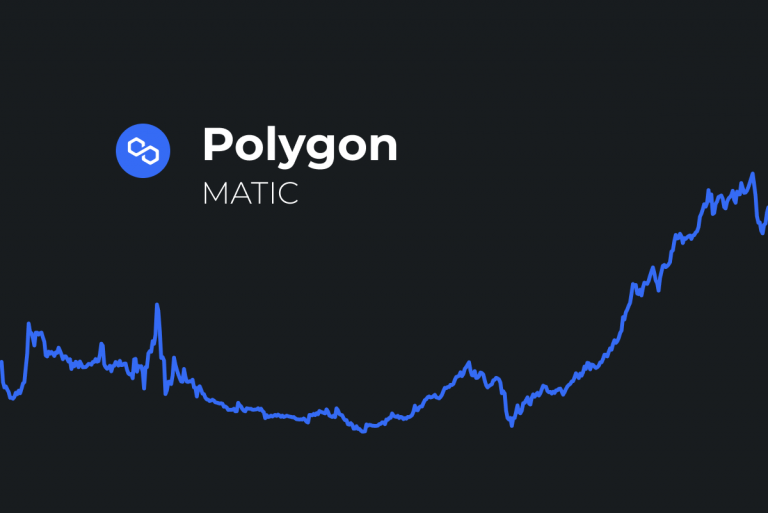on the crypto

So what is Polygon?
Polygon is a layer 2 scaling solution (which we will talk about later), which was built on Ethereum, and is designed to help blockchain scalability and infrastructure. This is quite useful, because these are some of Ethereum's current limitations that prevent it from overtaking Bitcoin as the most valuable cryptocurrency (it already has far more capabilities than Bitcoin, but that's a different kettle of fish).
People can use Polygon when developing applications on Ethereum to build decentralized applications, smart contracts and more, combining all the good security features of Ethereum with the low gas costs and scalability that Polygon allows (it's a bit like modifying your own. car to improve its performance). MATIC is the native cryptocurrency for Polygon (it's a token, technically), which has kept its name since the platform was called Matic Network.
How does it work?
It's quite technical, but a good way to think about it is to see Ethereum as someone who has a load of very large files to process. Polygon then says, "Give us some of these to fix and we'll send you a compressed version back for a look." This means that Ethereum doesn't have to process all files, making it faster.
Well, what does Layer 2 mean?
Layer 2 means that the blockchain is built using the foundation of another blockchain. In this case, the Polygon blockchain was built on top of the Ethereum blockchain. This means that it borrows some features from Ethereum, such as being hyper-secure, but also adds some features that improve speed and cost, compared to Ethereum. Loopring is another, lesser known example of a Layer 2 scaling solution.
Is this also good for Ethereum's value?
Ultimately, yes. Polygon refers to itself as "the Internet of Ethereum Blockchains", so it is not competing with Ethereum. If anything, they are codependent. The only downside is that if people were going to use Ethereum and are now switching to Polygon, it will dilute some of the value Ethereum would have earned. But apart from that, Polygon improves Ethereum, which means more people will use the Ethereum blockchain, which increases the value.
